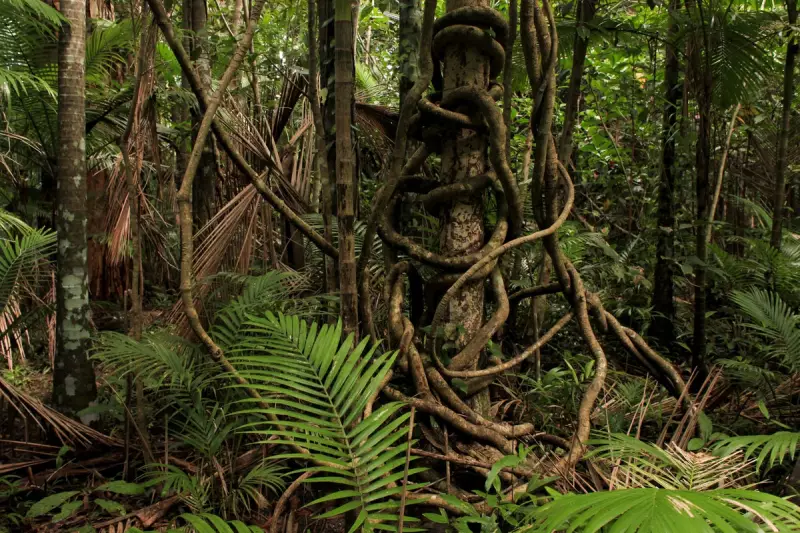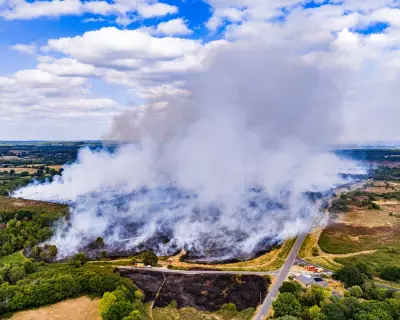
In a startling environmental reversal that has scientists deeply concerned, Australia's ancient tropical rainforests have undergone a dramatic transformation from crucial carbon absorbers to net emitters, according to new research.
The Tipping Point Reached
Recent findings from the Climate Council reveal that these once-thriving ecosystems, which have served as natural carbon storage facilities for millennia, are now releasing more carbon dioxide than they absorb. This alarming shift represents a significant blow to global climate efforts and underscores the escalating impact of environmental degradation.
Multiple Threats Converge
The research identifies several interconnected factors driving this dangerous transition:
- Accelerating deforestation for agricultural expansion and urban development
- Increasing frequency and intensity of wildfires fueled by climate change
- Heat stress and drought conditions weakening forest resilience
- Cyclone damage and habitat fragmentation disrupting ecosystem balance
Global Implications
Dr. Simon Bradshaw, research director at the Climate Council, emphasised the gravity of the situation: "When our most vital natural carbon stores begin emitting rather than absorbing greenhouse gases, we've crossed a critical threshold. This isn't just an Australian problem – it's a global climate emergency that demands immediate international attention."
A Call to Action
The report underscores the urgent need for comprehensive conservation strategies, including enhanced protection measures, sustainable land management practices, and accelerated global emissions reduction efforts. Scientists warn that without decisive intervention, this trend could accelerate, creating a dangerous feedback loop that further exacerbates climate change.





